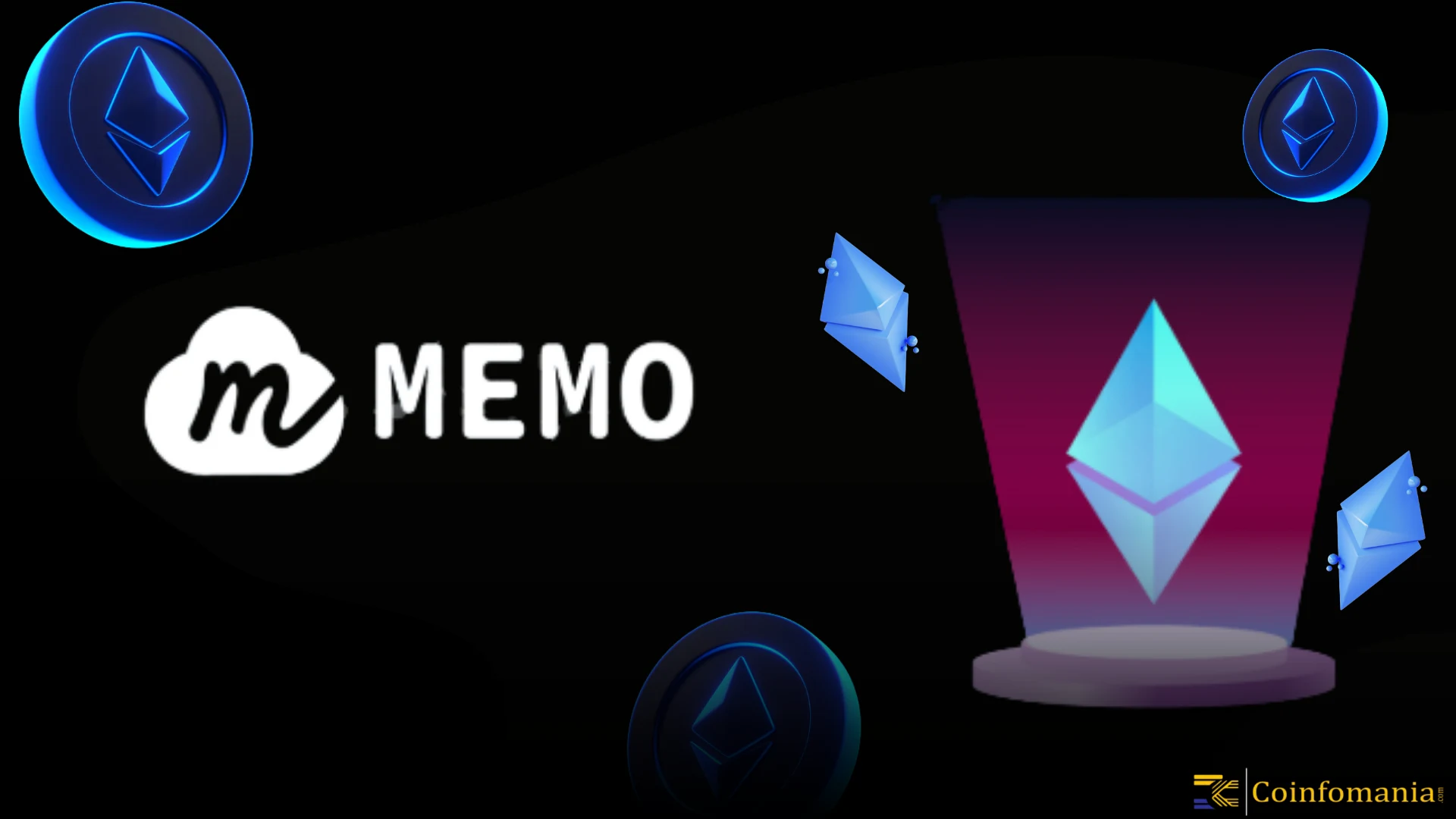Memo Labs Releases New Ethereum Improvement Proposal ERC-7829 for Managing Data Asset NFTs With Monetization and Circulation Tool
1
0

On June 7, Memo Labs shared on X that the ERC-7829 proposal has been officially released. It provides a new structure for managing digital data assets on the Ethereum blockchain. This update introduces a proof of storage mechanism and fine-grained access control for reading data. It also offers tools to track data usage over time through timestamped events. These capabilities aim to improve verifiability and trust in data asset NFTs across Ethereum. Developers can build systems that handle digital content in a more structured way.
Expanding NFT Utility Beyond High-Value Items Through ERC-7829
A key goal of the ERC-7829 proposal is to expand NFT usability beyond high-value items. NFTs often use off-chain storage because on-chain data costs remain high. This arrangement can limit the types of content NFTs represent, such as complete documents. By solving integrity and accessibility challenges, NFTs as data assets may gain broader practical use. The framework targets content like articles, music tracks, and other small data sets. This capability could unlock new applications such as pay-per-view or subscription models. Developers can experiment with innovative use cases on Ethereum’s modular data layer.
To address storage concerns, the proposal uses a modular data availability layer. Data is split into storage metadata, permission metadata, and the content itself across systems. Separate on-chain contracts manage storage details and access permissions independently. Actual data remains in off-chain nodes under the control of storage providers. Users without access rights can still verify data existence before requesting content. This design helps ensure data validity prior to granting read permissions. It balances on-chain transparency with off-chain storage efficiency for data availability. Such a model may help protect against data loss or manipulation over time.
How ERC-7829 Reduces Off-Chain Data Loss in Tokenized Assets
A significant issue the ERC-7829 proposal solves is preventing off-chain data loss. Storage nodes must submit periodic proofs to confirm data validity and availability. These proofs cover the defined expiration period for each data asset. Users can verify these submissions easily and assess whether NFTs retain data integrity. This mechanism reduces the risk of errors or losses from unreliable storage providers. Regular checks aim to maintain confidence in data asset NFTs over their lifecycle. Such verification helps preserve trust in tokenized data assets on Ethereum.
The ERC-7829 proposal also defines secure data sharing without ownership transfer. A Reader role grants read access to specified users by the owner’s permission. This approach supports controlled distribution models like content subscriptions or limited access documents. It fills a gap left by ERC-721, which lacked fine-grained permission controls. This functionality may encourage new use cases in digital content monetization. The model enables sharing without requiring users to purchase full ownership rights. Developers can create applications that balance exclusivity with broad access permissions.
New Reader Role in ERC-7829 Allows Controlled Data Access Without Ownership Transfer
The ERC-7829 proposal builds upon the ERC-721 standard for non-fungible tokens. ERC-721 originally defined how unique items represent ownership on Ethereum. In contrast, the new proposal adds roles and metadata fields to support NFTs as data assets. A Reader role lets an NFT owner grant data reading access without transferring full ownership. Each token’s metadata must include a cryptographic commitment and file size information. Additional fields cover expiration time and the uploader’s address for structured content management. These changes aim to better support digital items like articles, music, or small games.
Compatibility with ERC-721 ensures easier adoption for existing systems and tools. Implementers may need to select reliable storage solutions for on-chain-backed content. Security of data asset NFTs relies on both blockchain immutability and data layer trust. Well-designed storage modules can minimize single points of failure or malicious behavior. Stakeholders should evaluate trade-offs before integrating the new framework into production. Memo Labs led development and supports structured content handling on Ethereum.
How Data Asset NFTs Could Reshape Web3 Content Distribution
The proposal opens pathways for more transparent and verifiable digital content handling. Data asset NFTs could become central to future Web3 content distribution models. Tracking usage and permissions on-chain may boost user confidence in tokenized assets. Further community feedback could refine the framework for broader real-world adoption. Developers and stakeholders now have clear guidelines for constructing secure content layers. This development is a significant step for NFTs and blockchain-based data management solutions.
The post Memo Labs Releases New Ethereum Improvement Proposal ERC-7829 for Managing Data Asset NFTs With Monetization and Circulation Tool appeared first on Coinfomania.
1
0
 Manage all your crypto, NFT and DeFi from one place
Manage all your crypto, NFT and DeFi from one placeSecurely connect the portfolio you’re using to start.






